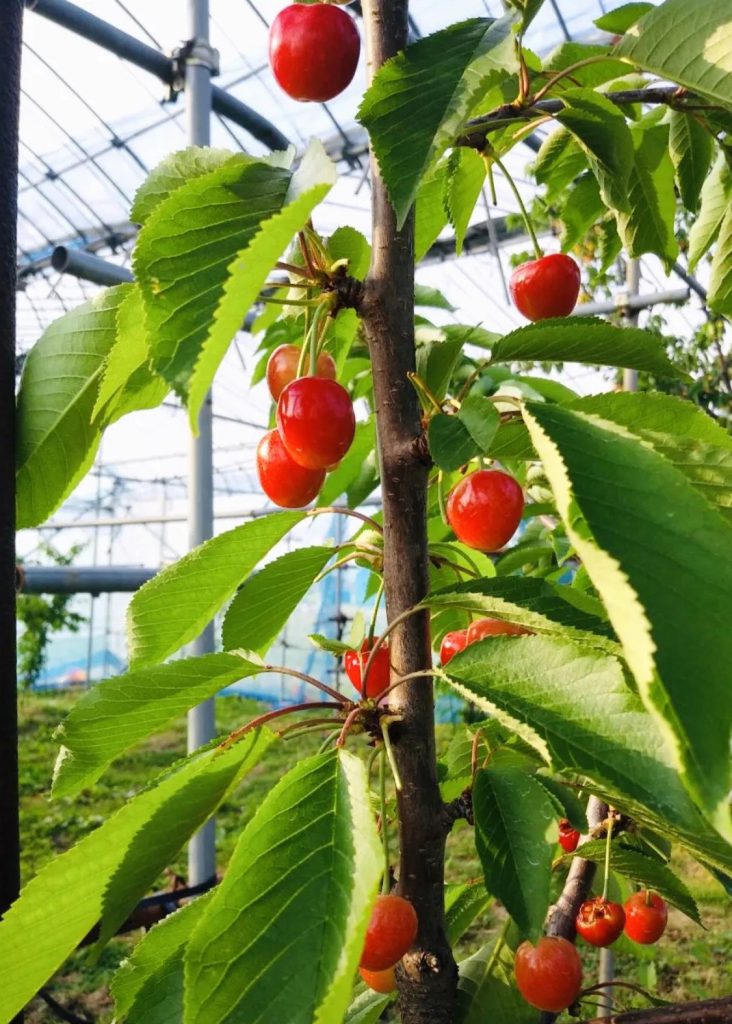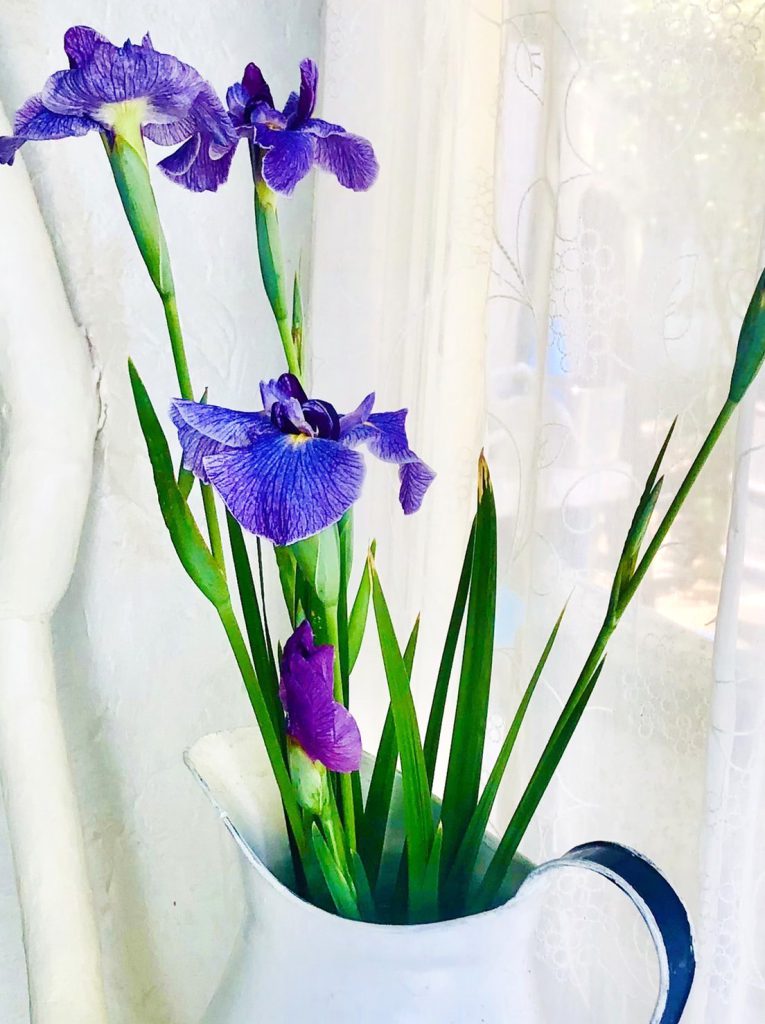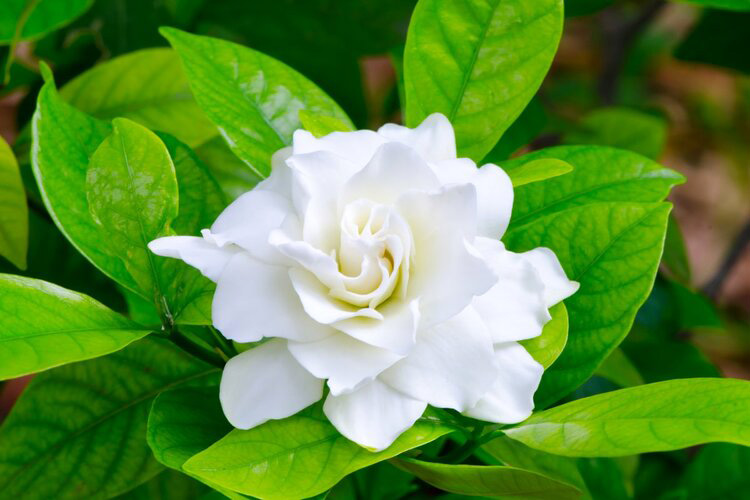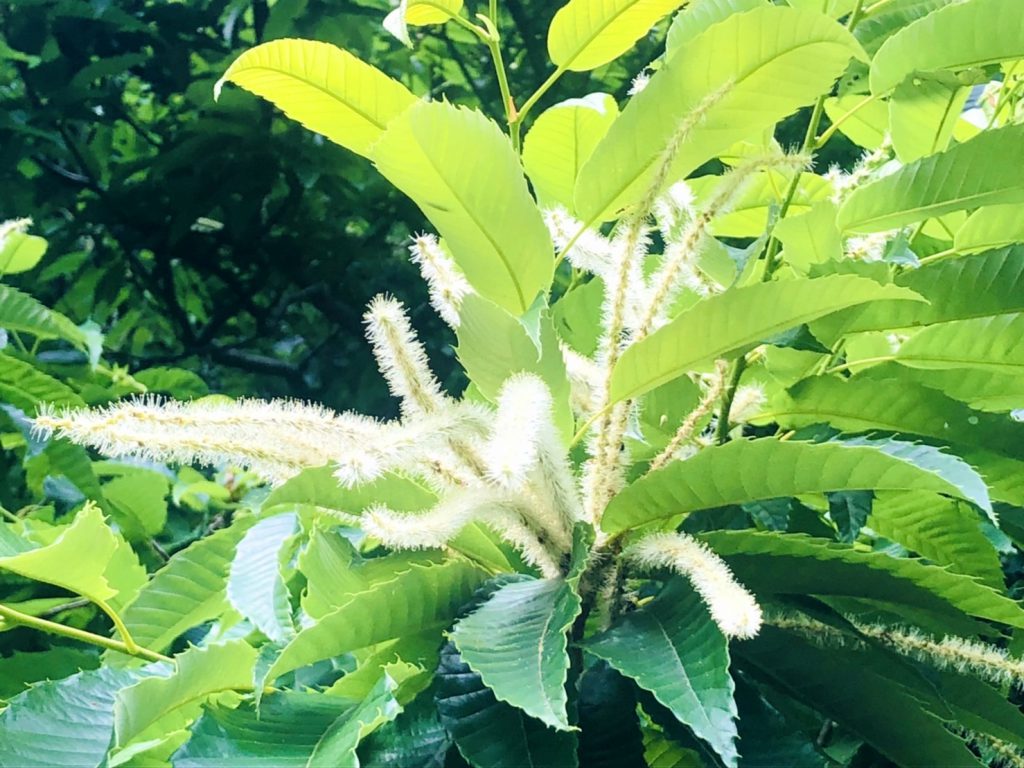
When I was looking for a photo, I found a photo of cherries. As soon as I saw it, I broke into a smile. Was there such a cherry when I was a kid? Of course there would have been, and it would have been lined up at the store. At that time, cherries were out of my reach, so they probably didn’t even notice. I immediately arranged to send it to my grandchildren. There are many pre-order advertisements on the net. Cherry was introduced to Japan from the United States and France in the early Meiji era. Cultivation seems to have started around this time in Yamagata Prefecture. Now, the production of cherries in Yamagata Prefecture is the highest in Japan, accounting for about 75% of the total production in Japan. Yamagata Prefecture has a climate that is suitable for growing cherries, as it is hot in the summer, there is little rain even during the rainy season, and the wind is not strong. Therefore, it is said that many cherries habe been cultivated in Yamagata prefecture. There are two types of cultivation methods for cherries: “greenhouse cultivation” and “outdoor cultivation”. The cherries that are sold from mid-April to mid-June are “greenhouse cultivation”, and the cherries that are sold after the end of June are “outdoor cultivation”. The famous “Sato Nishiki” cultivated on the open field cultivation is said to be a precious cherry that can only be harvested for a very short period from mid-June to early July.
写真を探していたら、サクランボの写真が出てきました。見た途端に頬が緩みましたね。子供の頃にこんなサクランボがあったのでしょうか。もちろんあったでしょうし、お店でも並んでいたのでしょう。その頃はサクランボは高嶺の花で、手も届かなかっから、意識にも上らなかったのでしょう。早速孫たちに送る手配をしました。ネットでは沢山の予約注文の広告が出ています。サクランボは、日本へは、明治の初めころにアメリカやフランスから導入されました。山形県ではこの頃から栽培が始まったようです。今や、山形県のさくらんぼは生産量が全国第1位で、全国の生産量の約75%を占めているそうです。山形県は、夏は暑く梅雨のときも雨が少なく、風も強くないなど、さくらんぼが育つのに適した気候であることから、山形県内で多く栽培されるようになったといわれています。サクランボは「温室栽培(ハウス)」と「露地栽培」の2種類の栽培方法があります。4月中旬から6月中旬に出回るさくらんぼは「温室栽培(ハウス)」、6月下旬以降に出回るさくらんぼは「露地栽培」になります。有名な「佐藤錦」の露路ものは、6月中旬から7月上旬までのごく短い期間しか収穫できない貴重サクランボだそうです。









